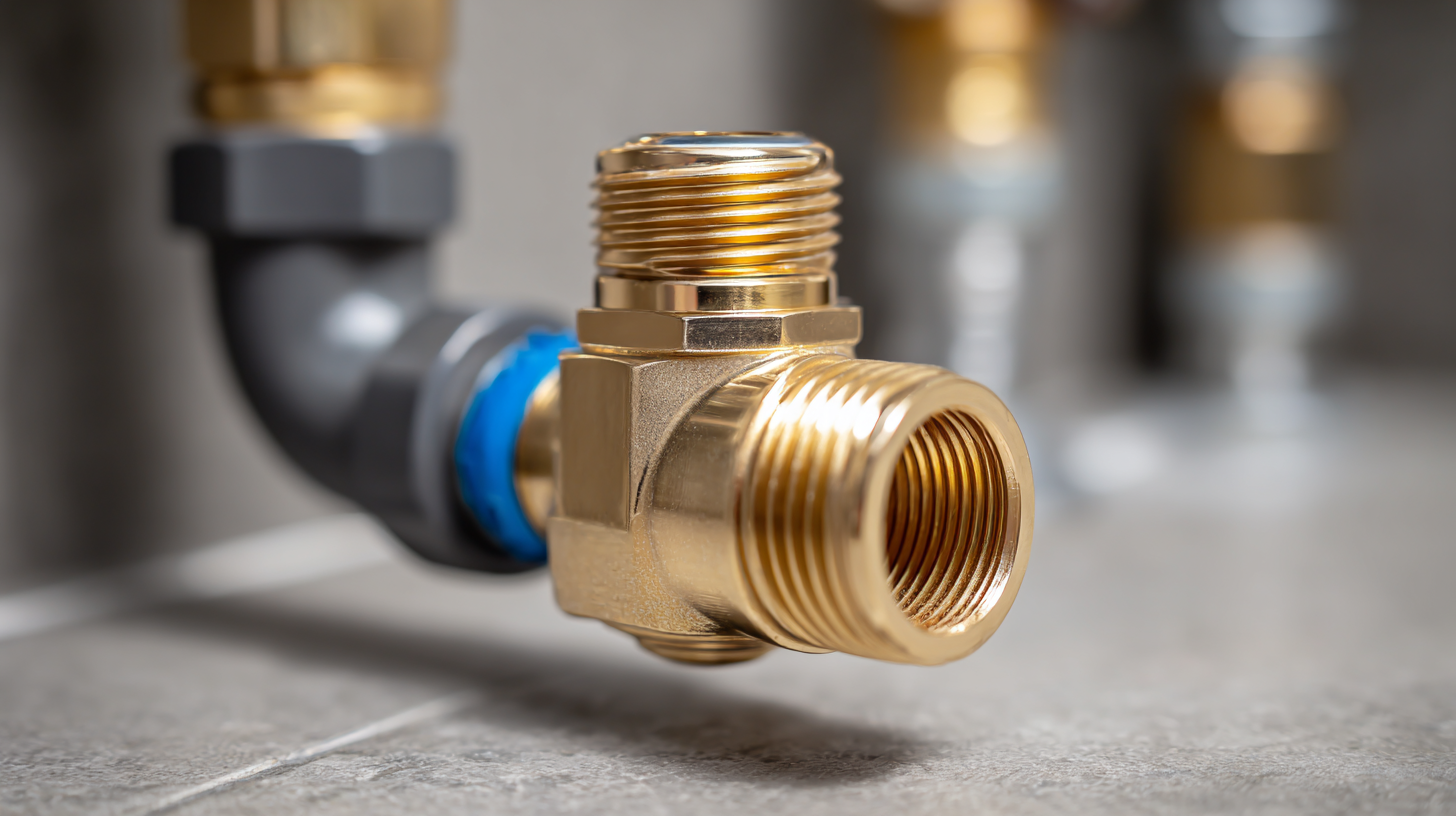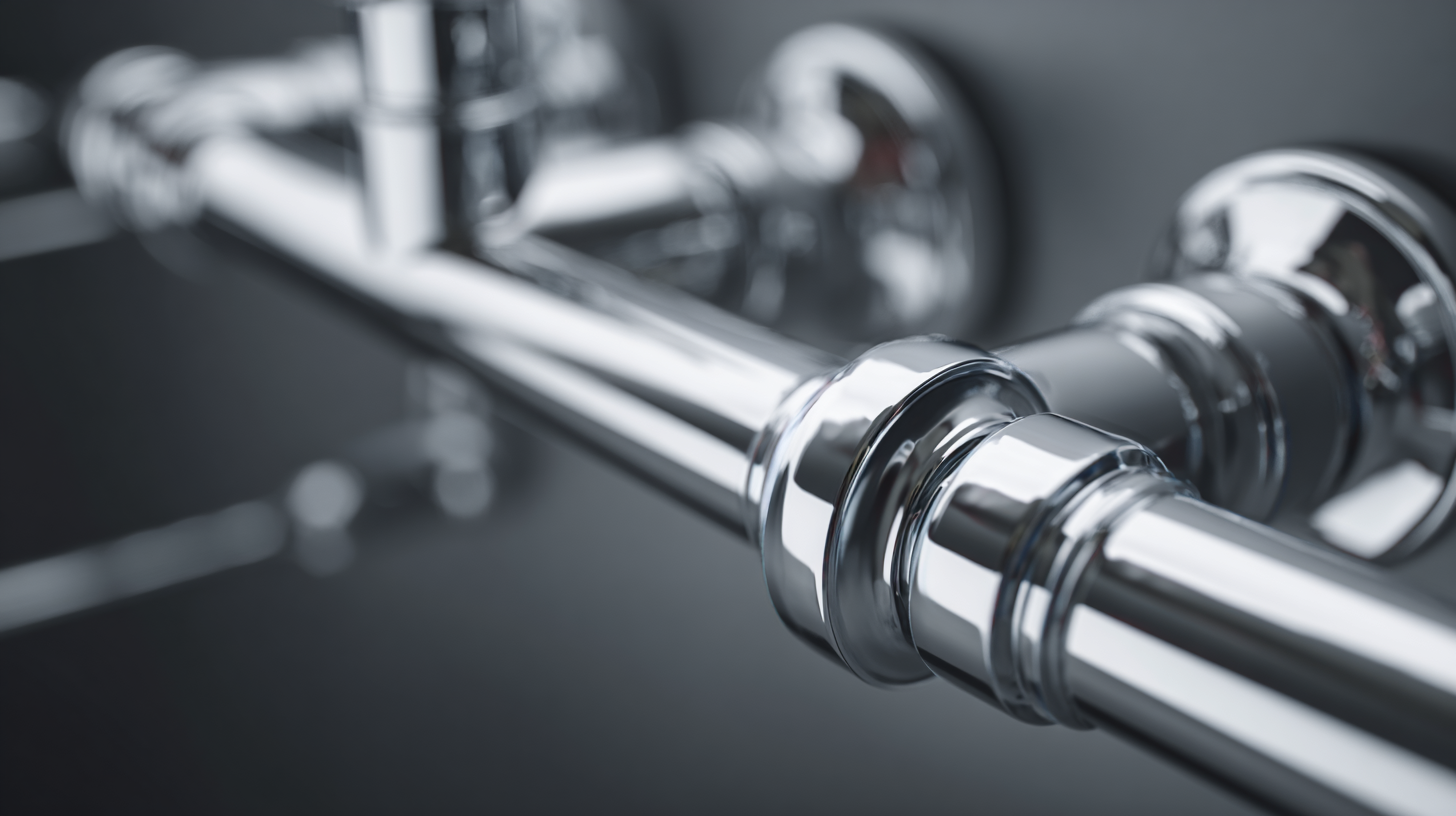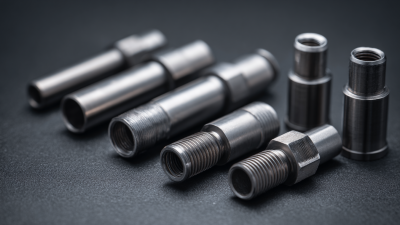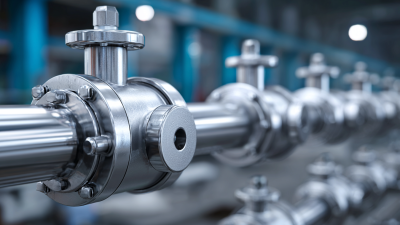Exploring Innovative Applications of Tubing Fittings for Modern Plumbing Solutions
In contemporary plumbing solutions, the role of tubing fittings has gained unprecedented significance, driving innovation across various applications. Tubing fittings serve as crucial connectors, ensuring the seamless integration of different piping components, and enhancing the efficiency and reliability of plumbing systems. As industries increasingly seek to optimize fluid transfer processes, the exploration of innovative designs and materials for tubing fittings has sparked a transformation that meets modern demands. From residential plumbing to industrial applications, the advancements in tubing fittings not only facilitate improved performance but also contribute to greater sustainability and cost-effectiveness. This article delves into the myriad ways tubing fittings are being reimagined, showcasing their potential to revolutionize plumbing solutions while addressing the challenges posed by evolving infrastructure needs.

Innovative Materials in Tubing Fittings: Enhancing Plumbing Durability and Efficiency
The plumbing industry is undergoing a transformation, driven by innovative materials that enhance durability and efficiency. Cross-linked polyethylene (PEX) tubing has been a game-changer in the market since its introduction, marking 40 years of practicality and resilience. Its flexibility allows for easier installation in tight spaces, reducing the need for fittings and potentially decreasing the chances of leaks. As North America’s copper tubes market is projected to reach USD 3.44 billion by 2030, PEX stands out for its cost-effectiveness and longevity, solidifying its position as a preferred choice among modern plumbing solutions.
Another notable advancement includes the use of PVC and CPVC fittings, which are not only resistant to corrosion but also contribute to the longevity of plumbing systems. The global market for these fittings is expected to grow substantially, reaching USD 40.88 billion by 2033.
Tips: When selecting tubing fittings for your plumbing project, consider materials that offer both durability and flexibility. Ensure that the fittings are compatible with your chosen piping system to avoid installation issues. Additionally, pay attention to the flow velocity in your plumbing setup, as this can significantly impact water quality and system efficiency. The right choice in tubing fittings can enhance overall plumbing performance while reducing maintenance costs over time.
Smart Tubing Fittings: Integrating Technology for Real-Time Monitoring and Control
The integration of technology in modern plumbing solutions has led to the emergence of smart tubing fittings that enhance efficiency and control. These innovative applications allow homeowners and businesses to monitor water flow, pressure, and quality in real-time, providing unprecedented insight into plumbing systems. By leveraging IoT (Internet of Things) technology, smart fittings can send alerts and updates to users' smartphones, enabling proactive maintenance and reducing the risk of costly leaks or water damage.
Moreover, smart tubing fittings contribute to energy conservation by optimizing water usage. With integrated sensors, these fittings can adapt to changing demand patterns, ensuring a sustainable and efficient distribution of resources. Users can track their water consumption and receive suggestions for improvement, fostering a more environmentally responsible approach to plumbing. The blend of automation and intelligence in tubing fittings not only streamlines maintenance but also paves the way for a more interconnected and smarter home, ultimately facilitating a transition to modern plumbing solutions that prioritize user convenience and environmental health.
Sustainable Plumbing Solutions: Eco-Friendly Tubing Fittings for Green Building
Sustainable plumbing solutions are becoming increasingly vital in the modern construction landscape, with eco-friendly tubing fittings playing a crucial role. These innovative fittings are designed to minimize waste and reduce carbon footprints, aligning with green building standards. By utilizing recycled materials and advanced manufacturing processes, sustainable tubing fittings not only enhance the efficiency of plumbing systems but also contribute to a more environmentally conscious approach in design and construction.
Moreover, the integration of these sustainable fittings enables improved water conservation. With features such as reduced flow rates and leak-proof designs, they significantly lower water consumption while maintaining optimal performance. This is especially important in regions facing water scarcity, where every drop counts. As architects and builders seek to create more sustainable living spaces, the adoption of eco-friendly tubing fittings will be essential in promoting resource efficiency and supporting a healthier planet for future generations.

Design Trends in Tubing Fittings: Aesthetic Versatility Meets Functional Reliability
In recent years, the design of tubing fittings has evolved to reflect a growing demand for both aesthetic appeal and functional reliability in modern plumbing applications. Manufacturers are now marrying innovative materials with sleek designs, offering customizable options that cater to various interior styles. The shift towards minimalism and industrial aesthetics has encouraged the use of finishes like brushed nickel and matte black, enabling fittings to seamlessly blend into contemporary spaces while maintaining their practical utility.
Moreover, the advent of technology has facilitated the introduction of smart fittings that enhance user experience by providing real-time monitoring of water usage and leaks. This integration of technology not only improves plumbing efficiency but also aligns with sustainable practices by minimizing water waste. As these trends continue to develop, the versatility of tubing fittings will undoubtedly play a pivotal role in transforming plumbing solutions, making them more attractive and reliable for today’s consumers.
Cost-Effective Innovations: How Modern Tubing Fittings Reduce Installation and Maintenance Expenses
 Modern plumbing solutions are increasingly leaning towards innovative tubing fittings that not only enhance performance but also significantly cut down on costs associated with installation and maintenance. These advanced fittings, designed for adaptability and efficiency, allow for quicker assembly and easier modifications during installation, thereby reducing labor expenses. By minimizing the need for extensive modifications and repairs, they contribute to long-term savings for both contractors and homeowners.
Modern plumbing solutions are increasingly leaning towards innovative tubing fittings that not only enhance performance but also significantly cut down on costs associated with installation and maintenance. These advanced fittings, designed for adaptability and efficiency, allow for quicker assembly and easier modifications during installation, thereby reducing labor expenses. By minimizing the need for extensive modifications and repairs, they contribute to long-term savings for both contractors and homeowners.
In parallel, the incorporation of smart technologies within the plumbing sector is further driving cost-effectiveness. For instance, the adoption of Internet of Things (IoT) solutions in plumbing management facilitates real-time monitoring and maintenance, drastically reducing instances of non-revenue water (NRW) loss. Such technological innovations not only streamline operations but also promote sustainability, ultimately leading to a decline in operational expenses. As a result, the plumbing industry is witnessing a transformative shift towards cost-effective solutions that prioritize efficiency and sustainability.
Related Posts
-

Understanding the Types of Tubing Fittings for Optimal Performance
-

Understanding the Benefits of Stainless Steel Ball Valves for Industrial Applications
-

How to Choose the Right Ball Valves for Your Industrial Applications
-

7 Best Practices for Choosing Sanitary Pipe Fittings for Your Business
-

Exploring Sanitary Connectors Market Trends at the 138th Canton Fair 2025
-

How to Choose the Right Fittings and Valves for Your Industrial Needs